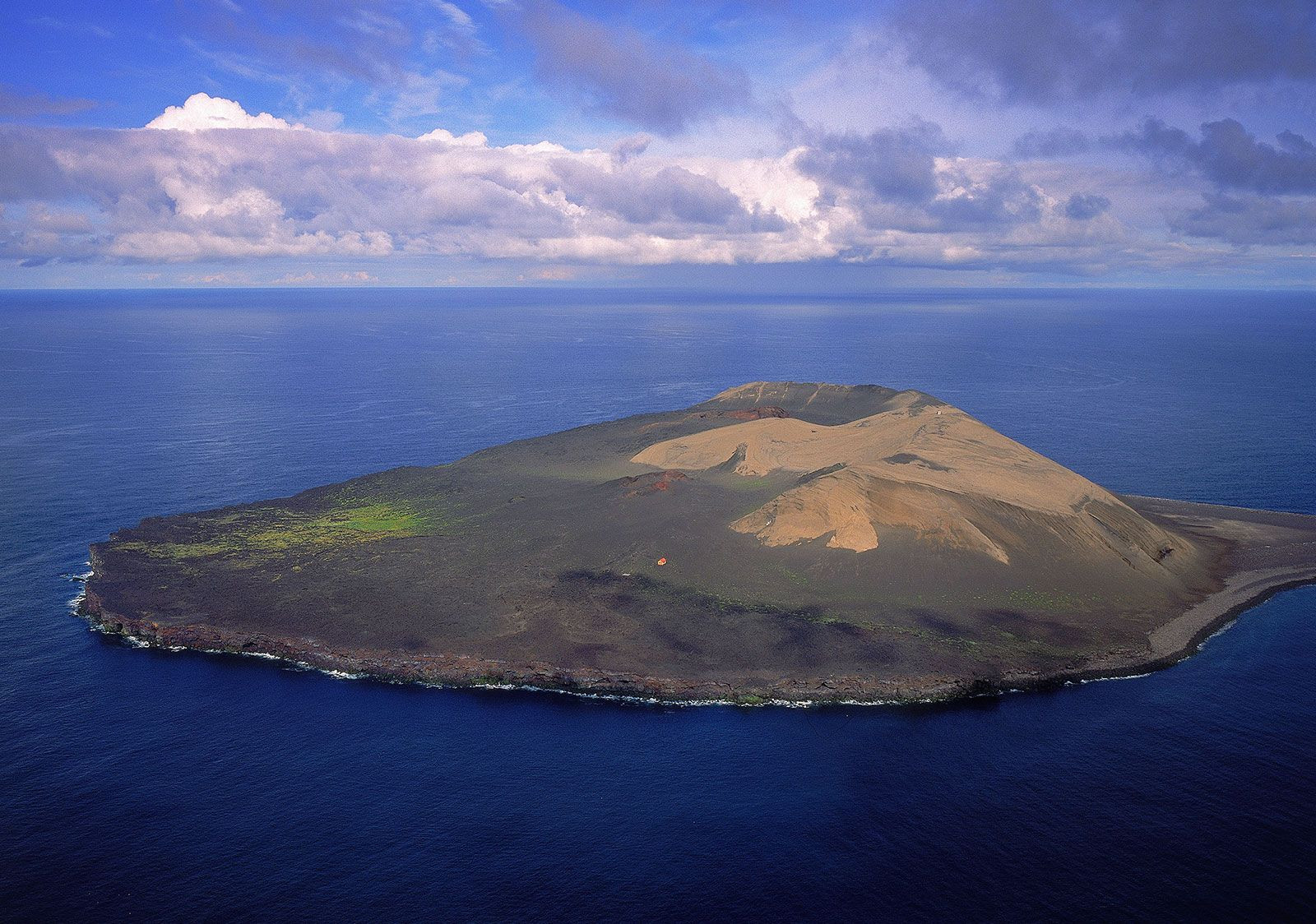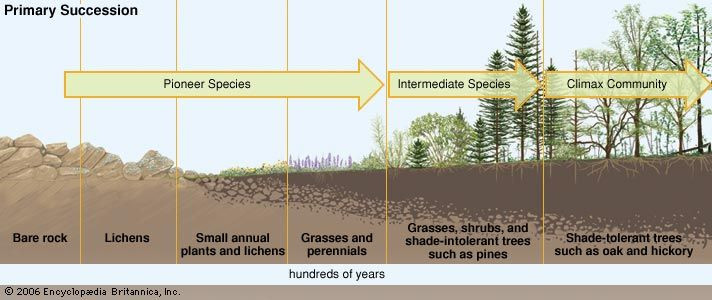In the realm of ecology, nature showcases remarkable processes of renewal and establishment, especially in environments that seem devoid of life. Among these, the concept of pioneer species stands out as crucial. But What Is The Pioneer Species exactly? Pioneer species are the hardy organisms that are the first to colonize barren environments or ecosystems disrupted by disturbances. These resilient life forms pave the way for subsequent, more complex ecological communities in a process known as ecological succession.
Surtsey Island Colonization: Pioneer species establishing on volcanic rock shortly after island formation.
These species are uniquely adapted to survive and reproduce in harsh conditions where resources are scarce and competition is minimal. Think of newly formed volcanic islands, land exposed by retreating glaciers, or areas ravaged by wildfires. These are the frontiers where pioneer species thrive, initiating the transformation of lifeless landscapes into vibrant ecosystems.
Characteristics of Pioneer Species
Pioneer species exhibit specific traits that enable them to colonize and persist in inhospitable habitats. Typically, they are characterized by:
- Rapid Reproduction: They often have short life cycles and produce large numbers of seeds or spores, facilitating quick dispersal and colonization.
- Tolerance to Harsh Conditions: Pioneer species are adapted to withstand extreme temperatures, nutrient-poor soils, and limited water availability.
- Efficient Dispersal Mechanisms: Their seeds or spores are easily carried by wind or water, allowing them to reach isolated and new environments.
- Nitrogen Fixation: Some, like certain bacteria and lichens, can fix atmospheric nitrogen, enriching the soil and making it more fertile for other species.
- Soil Formation Contribution: Through their physical and chemical actions, pioneer species begin the process of soil formation by breaking down rocks and accumulating organic matter.
Examples of Pioneer Species
The types of organisms that act as pioneer species vary depending on the environment, but some common examples include:
- Microorganisms: Bacteria and archaea are often the very first colonizers, even preceding visible plant life. They can establish themselves on bare rock and start nutrient cycling.
- Lichens: These composite organisms, a symbiosis between fungi and algae, are classic pioneer species on rocks. They secrete acids that weather rock and trap moisture and dust, initiating soil development.
- Mosses: Similar to lichens, mosses can grow on bare rock and contribute to soil formation by retaining moisture and decomposing to add organic matter.
- Vascular Plants: Certain hardy plants like grasses, ferns, and some shrubs are also pioneer species. On Surtsey Island, for example, sea rocket and sand ryegrass were among the first plants to take root.
The Role in Ecological Succession
Pioneer species play a foundational role in ecological succession, particularly primary succession, which begins in lifeless areas. They modify the environment in ways that make it more habitable for other species. As they grow, die, and decompose, they create the first layers of soil, enrich it with nutrients, and provide shade and shelter.
Primary Ecological Succession Stages: Pioneer species like lichens and mosses gradually transforming barren rock into a climax community over centuries.
This gradual alteration of the habitat allows for the arrival and establishment of secondary colonizers – grasses, herbs, and eventually shrubs and trees. Over time, this process can lead to the development of a climax community, a stable and diverse ecosystem. While pioneer species themselves may eventually be replaced by later successional species as conditions change, their initial contribution is indispensable. They are the architects of new ecosystems, demonstrating nature’s incredible capacity for life to take hold even in the most challenging settings.


 primary ecological succession
primary ecological succession